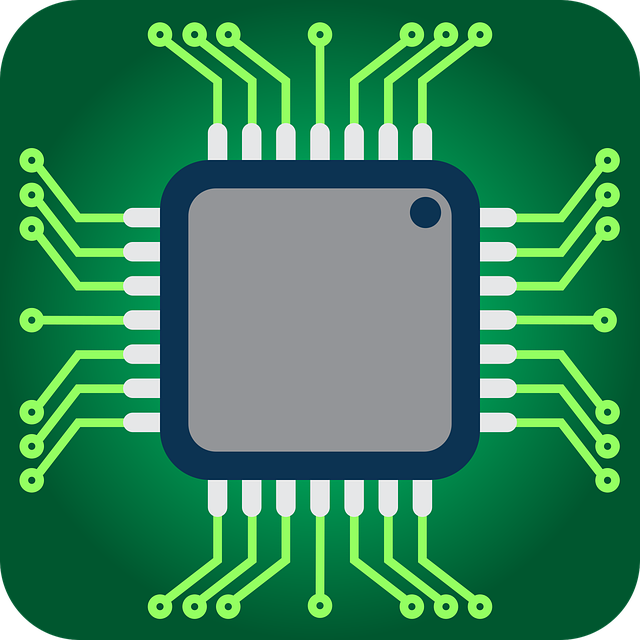Hobbyist/DIY guy in a garage. I use Linux. I have briefly tested Eagle and a couple circuit design apps but didn’t like anything about any of them, did not spend sufficient time with them either, though. Eagle is going away? Any recommended apps for designing pcb and/or services? I am also open to more artisinal methods. What direction should I point my momentum? Not afraid to try things out but also not wanting to waste time. I have been breadboarding for a minute, learned to solder, benn making some pcb gadgets and think I am ready. Thank you. (Pic is audio mixer with two NE5532 and LM386)


Okay, I am going to spend time with this then, please let me know any advice for beginners. Thank you so much.
Read the documentation. There are tools and features that will make some stuff a lot easier if you know about them.
Get familiar with creating your own symbols and footprints. No CAD program will have all the parts you need.
Don’t modify the libraries that come with KiCAD. Those changes will be lost when you update KiCAD. If you need to modify a part, create a new library and copy the part into it.
Double check footprints before you make the board. It’s no fun finding out the part doesn’t fit when you go to solder it.
Set the design rules to match the capabilities of the PCB manufacturer and run a design rule check before making the board. Don’t use the smallest traces and spaces they support if you don’t have to.
Thank you very much for your advice, I will follow.
I watched the getting to Blinky from Contextual Electronics and it was super helpful. It covered everything from beginning to end, including uploading files to get a PCB manufactured.
Not OP you are replying to, but make your own library of parts and footprint, and back it up.
Nothing worst than finding a library online with the part you need only to find that the footprint is not the right one for whatever reason when you ordered the pcb.
It takes more time, but once you have one or two projects under the belt, you will already have 90% of the parts and only need to do a few parts.
When doing your own footprints, if you have the part with you, print the new footprint in the original size on a printer, as they will appear on the PCB, and put the part on the footprint to see if it makes sense. You will see right away if you have a glaring issue with the footprint.
Spend a few hours double, triple checking your PCB design before fab . It takes a lot less time to do that than debugging the hardware. It will reduce your costs, especially as a hobbyist where you aren’t paid by the hour.
If you need a batch order, order prototypes first. A lower volume first will be a bit more expensive, but buying 50+ borked PCB will be a bitch to fix.